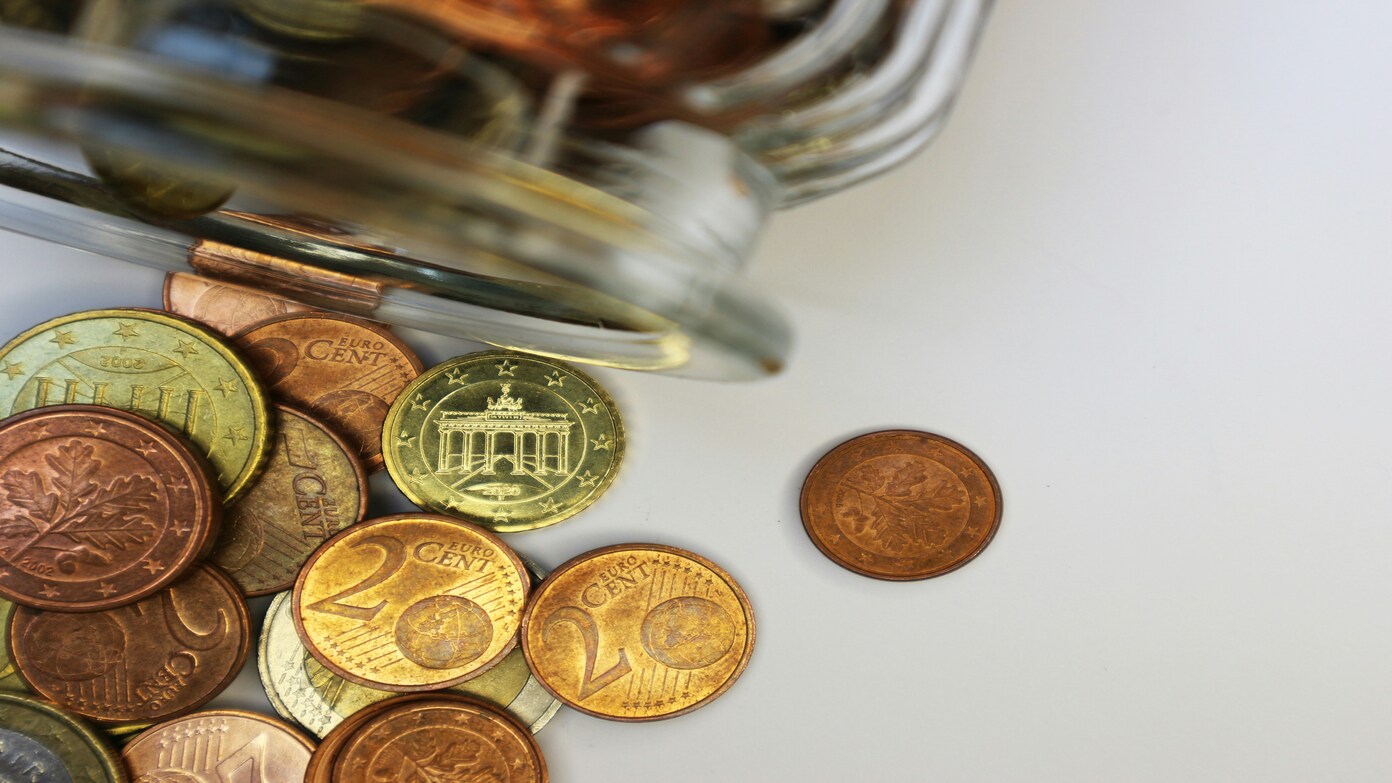A piece of history
Of all coins collectible in the United States, one is especially famous for having a seemingly unbelievable story behind it — the 1943 copper penny. With its face value being only a cent, the tiny coin has been known to sell for more than $500,000 at auction.
The history of the coin began when World War II broke out and copper had to be expended in order to make ammunition, electrical wire, and other war material. To save copper for wartime activities, the U.S. Mint decided to make all 1943 pennies from zinc-coated steel instead of the usual bronze.
However, during this change, some of the bronze blanks inadvertently remained in the machines. And so, some bronze pennies were struck in error that year.
Only an estimated 40 of these 1943 copper pennies were made at all of the U.S. Mint plants — making them one of the rarest coins ever to be produced.
In one famous example, a 1943-S copper cent struck in San Francisco sold for $504,000 in 2020, said Heritage Auctions.
Read this later. An IRS computer error resulted in incorrect penalty notices being sent to hundreds of taxpayers – Check to see if you are among those…
The “wheat penny”: An era’s emblem
This coveted coin is part of the Lincoln Wheat Cent series, which was a design that ran between 1909 and 1958. The design was created by artist Victor David Brenner to honor President Abraham Lincoln on the 100th anniversary of his birthday.
Lincoln’s face is on one side of the coin. Two wheat sprigs surround the words “One Cent” on the reverse — a symbol of America’s grain wealth and prosperity.
Because of its history, design, and rarity, the copper cent of 1943 is a numismatic treasure — a collector’s paradise.
Only as few as 5 were struck at the San Francisco Mint, experts estimate:
10 to 15 coins at the Philadelphia Mint only 1 of that denomination at the Denver Mint — the most valued and unique of all.
How to identify an original 1943 copper penny
Others might ask if it’s possible they might have one of these rather uncommon coins sitting around in an old piggy bank or album. The good news is that there are some simple tests to try:
- Magnet Test: Steel pennies are attracted to magnets, while copper pennies are not. If your 1943 penny does not pull towards a magnet, then it could be worth something.
- Weight Test: A real copper penny weighs around 3.11 grams, while the steel one is much lighter (around 2.7 grams).
If a penny passes both tests, it is recommended that it be professionally graded by a well-known certification company like the Professional Coin Grading Service (PCGS) or the Numismatic Guaranty Corporation (NGC).
They can verify whether the coin is authentic and issue an official certificate of authenticity, significantly increasing its market value.
Interesting topic for later: Virginia is distributing stimulus checks of up to $400 – Check the eligibility requirements to receive a payment of hundreds of dollars in October
A treasure that stands the test of time
More than 80 years after it was minted, the 1943 copper penny continues to be a puzzle to collectors and historians alike. Its history is that of human mistake, war necessity, and luck — transforming an ordinary keepsake into a precious gem.
While many pennies are hardly worth more than their face, the unusual coin serves as a reminder that a minor mistake can become an item of treasure.
Don’t dispose of that dime jar just yet, though — one of those dimes could be worth more than half a million dollars.
Read this later: Millions of Americans at risk – These are the ACA tax credits that could be affected by the federal government shutdown starting in October

